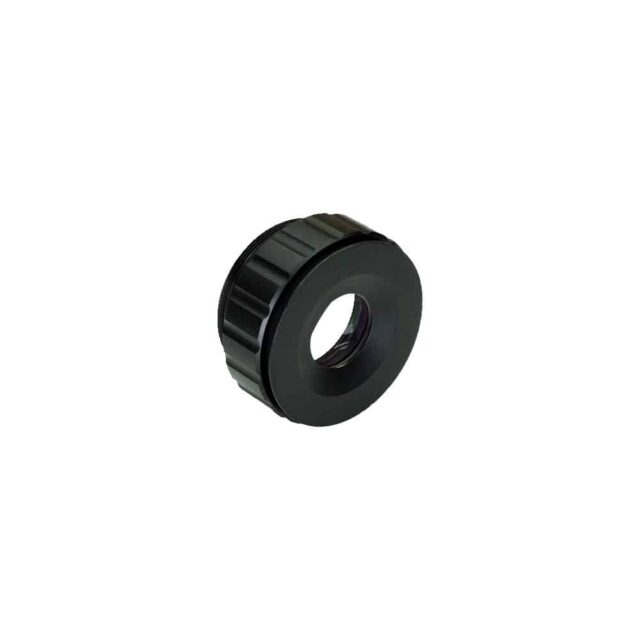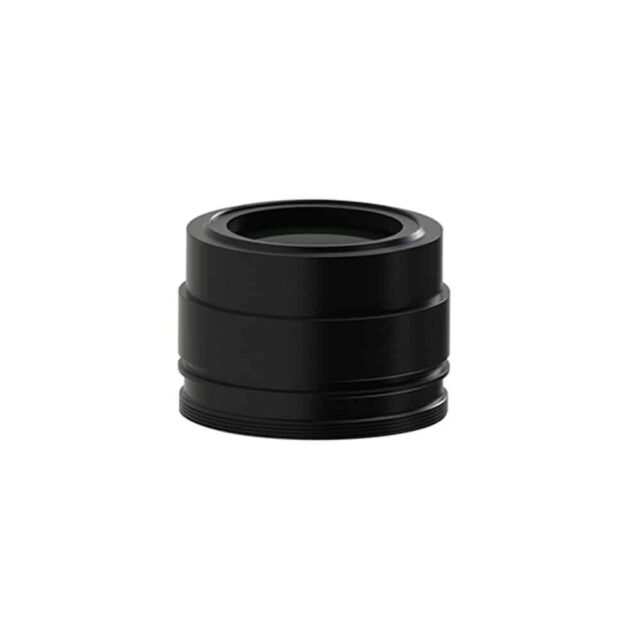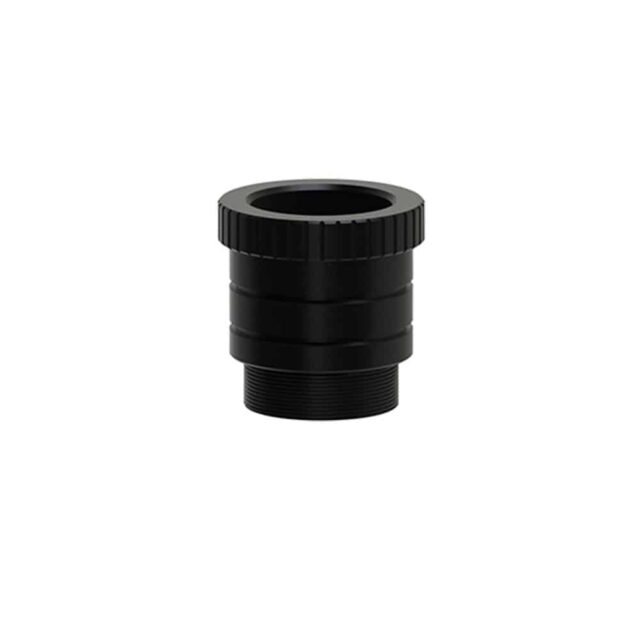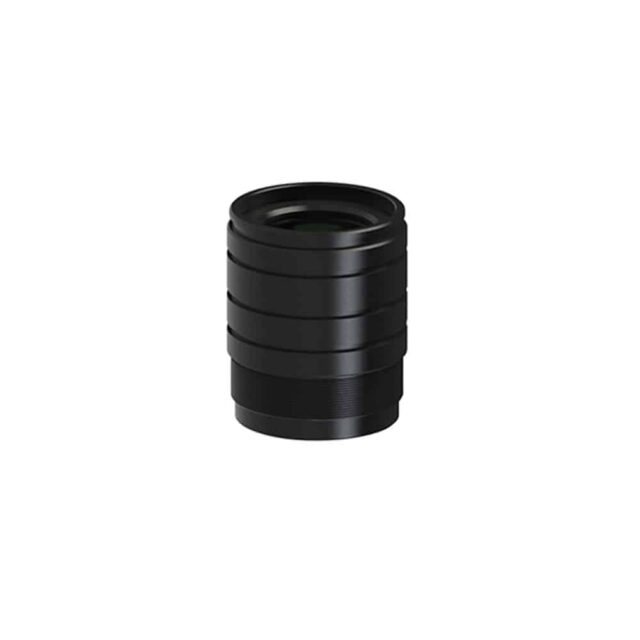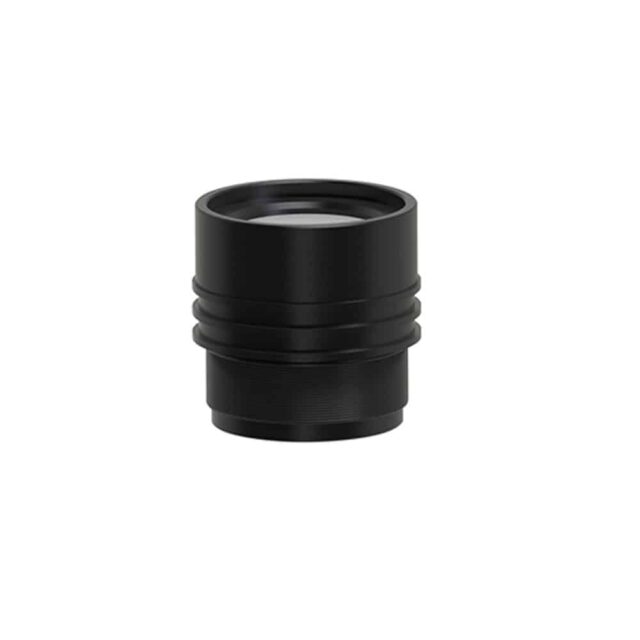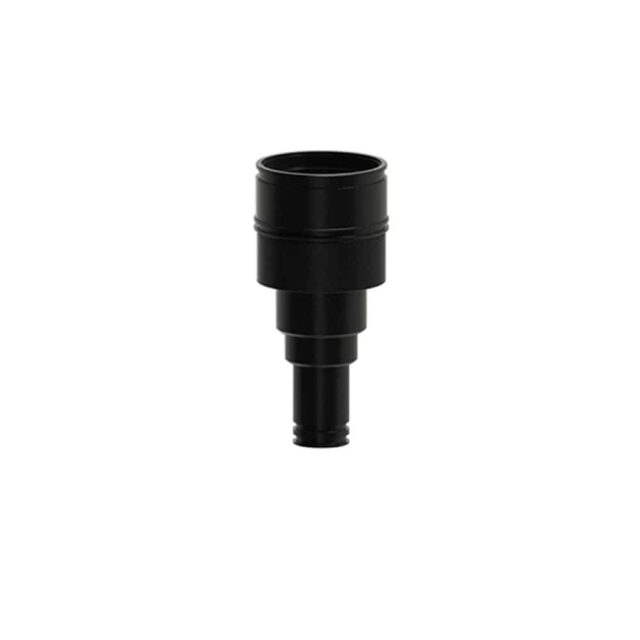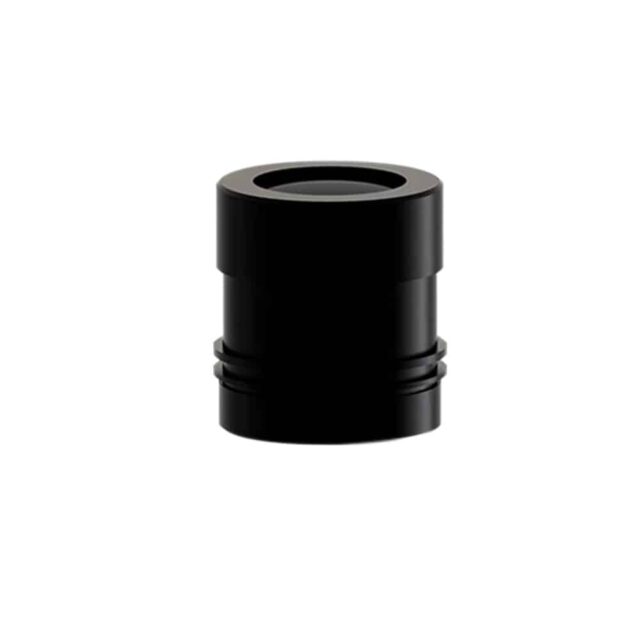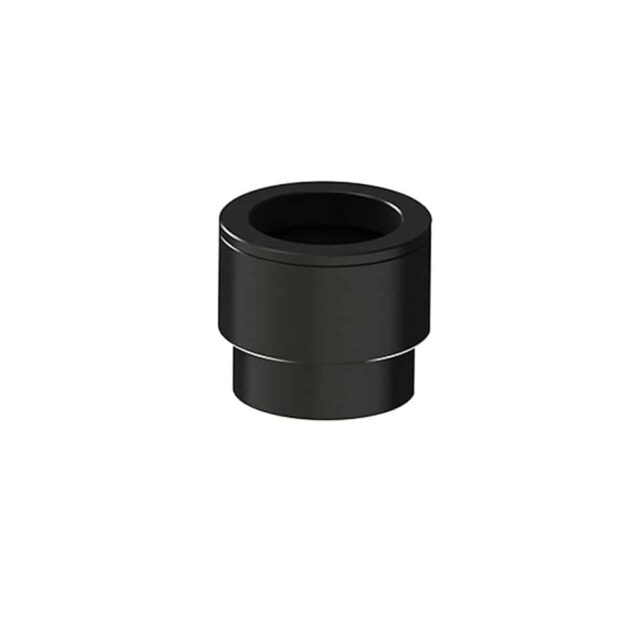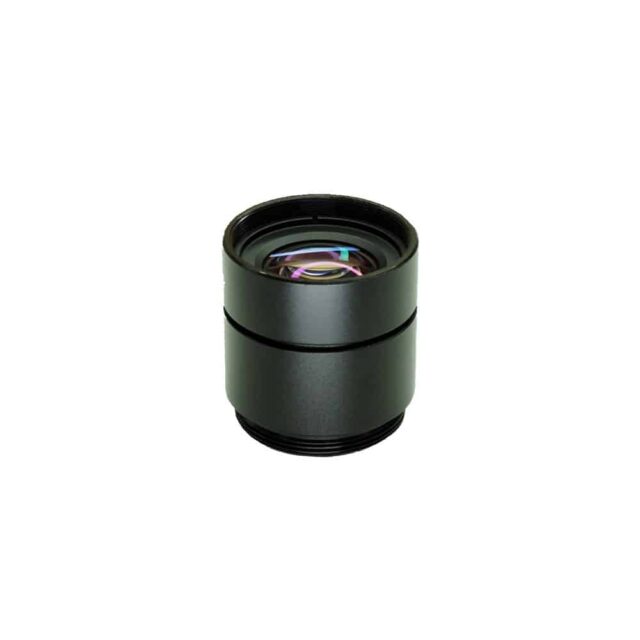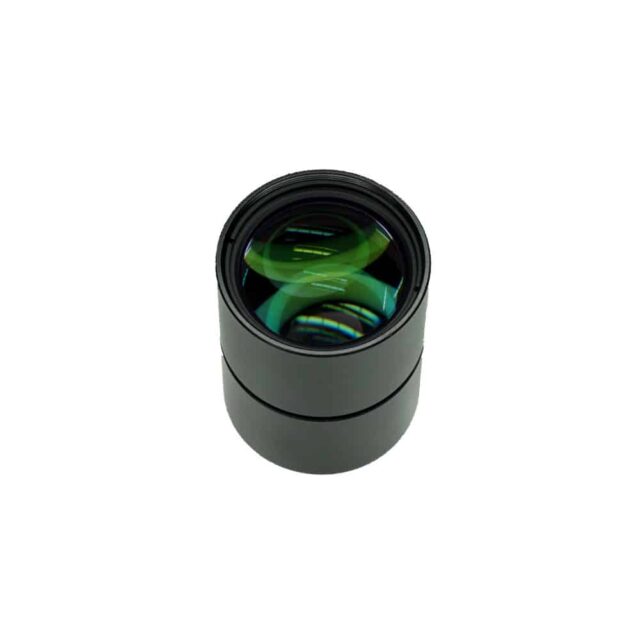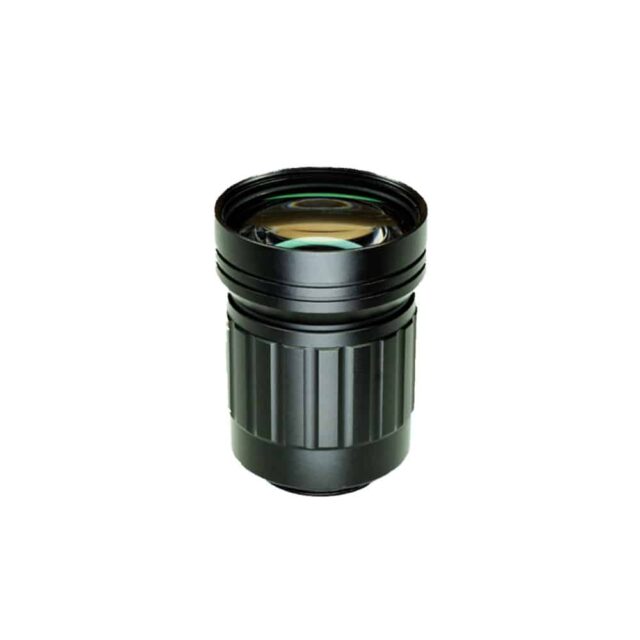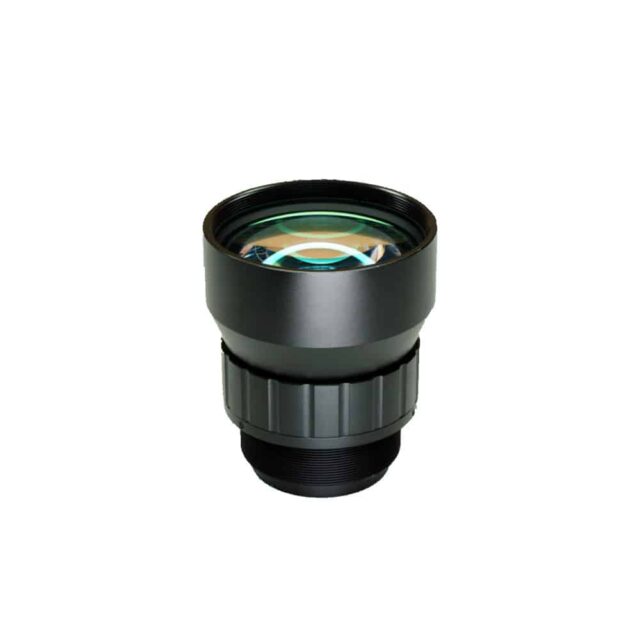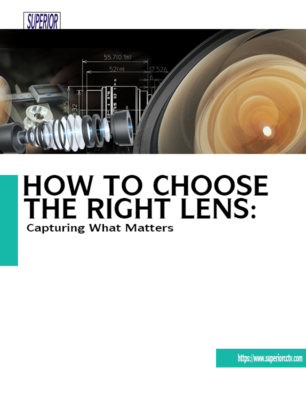What Makes Eyepiece Lens the Unique and Most Versatile?
SUPERIOR® Optics manufactures a full line of microscope objectives and eyepiece lens for microscopy and other applications. 4x through 100x are in stock, as well as 60x long-working-distance objectives. Our eyepiece lens is made of glass design and captures beautiful images that can expand 10, 15, and 20x wide. It is also used in the field microscope objectives.
Some options include diopter adjustments and indicating needles. RMS thread-to-C-mount rings are also available for added versatility.
Microscope objectives and eyepieces are made up of several lightweight but rugged materials suitable for use in monocular or binocular systems. Our modules suit weapon sights, thermal imagers, helmet or head-mounted systems.
An eyepiece for a eyepiece for a microscope is essentially a combination of lenses used as a magnifier, the latter being a positive lens of short focal length that forms a magnified virtual image. You can put it at a distance and capture an image.
Microscope Eyepieces are the most popular camera designs. They are produced for telescope use. With time, they become useful tools in industrial and medical applications. They even help customers to design and focus on the object to specify the data for these eyepieces.
Where is the Use of the Eyepiece Lens?
Applications Include Laboratory, Development Microscopes, Medical, Scientific Research, and Industrial Fields.
Different Types of Eyepiece Lens
You can find two different types of eyepiece lens. They are grouped as per lens and diaphragm: the negative, the Huygenian, and the positive, the Ramsden.
Negative Eyepieces Have Two Lenses
- Upper Lens
- 2 Lower Lens
Upper Lens: It is close to the observer’s eye and is known as the eye lens.
Lower Lens: It is placed under the diaphragm. It is known as the field lens.
Together, they are known as the plano-convex specimen. At the midway point, these lenses are fixed circularly. The diaphragm is the circular field of view used to look at the microscope.
What is the Huygenian Eyepiece?
The simplest negative eyepiece lens design is known as the Huygenian eyepiece. It can be discovered on the most-reaching laboratory microscopes with achromatic objectives.
The Huygenian eye lenses are used to capture objects.
The highly corrected negative eyepieces have two or three lenses.
Negative eyepieces are highly corrected and have two or three lens attached to make the eye lens.
The Huygenian eyepiece is used with achromatic objectives of 5X to 40X magnification.
What is a Ramsden Eyepiece and its Use?
The simple eyepiece is known as the positive eyepiece. It has a diaphragm underneath the lenses and is thus known as the Ramsden eyepiece.
The Ramsden eyepiece has an eye lens and field lens, also known as plano-convex. However, it is mounted on a curved surface that looks at the eye lens.
The front focal plane of the eyepiece lens remains below the field lens at a similar place where the eyepiece diaphragm is. It makes it always adaptable and ready to mount reticles. It even offers the best correction.
